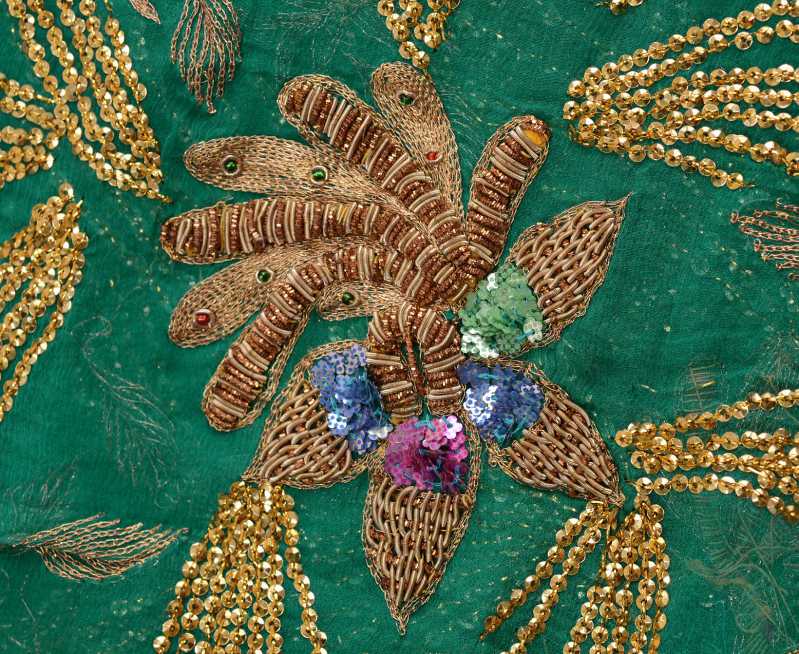===
0874,
3
===

=== |
 |
tar : 'New, fresh; green; young, tender, soft; juicy, moist, damp, wet, wet through, saturated (with moisture, or grease, &c.); refreshed, revived, gladdened'. (Platts p.314)
FWP:
SETS == DOUBLE ACTIVATION; MUSHAIRAH
MOTIFS == CLOTHING/NAKEDNESS; EROTIC SUGGESTION
NAMES
TERMS == GROUNDThe verse doesn't seem to invite much concern about the beloved's awareness (or lack thereof), or about the lover's situation either. The extravagant but vague evocations ('that' beauty, 'that' body) in the first line seem entirely concerned with setting us up: we are made to wonder what kind of thrill the second line might have in store. Then after-- under mushairah performance conditions-- the longest convenient delay, when we finally get to hear the second line, even then the operative phrase, gauhar-e tar , is postponed as long as possible, and in fact contains the rhyme-word.
The image of the shimmering body/pearl is so striking, and the wordplay of paṛā so perfectly integrated into the line, that the effect is a smooth, subtle, sensuous delight. If the listeners do devote their time and energy to speculating about the surrounding spatial or social relationships, they do so without any encouragement from the verse itself.
For more on this special idiomatic usage of paṛā , including a clearer example, see {20,2}. In the present verse both its normal meaning (perfect participle of paṛnā ) and the idiomatic 'bravo!' are fully invoked.